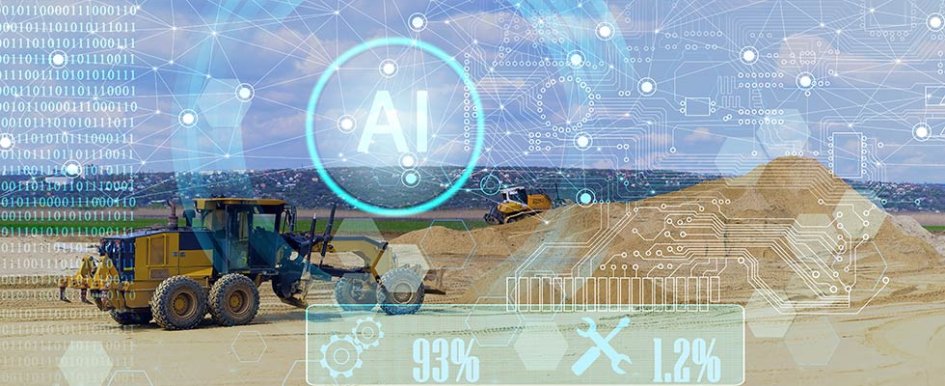
Despite significant demand for building from both post-pandemic backlogs and new opportunities spurred by federal funding, it’s tough for many firms to take on new work. Supply chain challenges, high inflation and steep pricing on materials and labor still plague the industry, making it challenging for firms to stay on budget and commit to jobs. Eighty percent of firms surveyed by the Associated General Contractors of America (AGC) said they are also having a hard time filling some or all of their salaried and hourly craft positions, and most don’t expect the problem to be solved in the coming year. The majority of those surveyed are throwing money at the problem, increasing base pay rates, offering incentives and bonuses, and improving benefit packages to aid retention and hiring efforts, which ultimately chips away at their margins.
As the challenges persist, operators realize the need to modernize to get ahead and not be left behind by firms that embrace new and improved ways of doing business. Deloitte’s 2023 Engineering and Construction Industry Outlook reports that many companies are investing in advanced technologies like artificial intelligence (AI) to help them grow their business opportunities and increase profits.
Let’s examine how AI-driven software and solutions hold the potential to fulfill their commitment by helping construction firms create efficiencies to save time and money and to better manage the persistent labor challenges that threaten their ability to grow. These benefits can ensure a more prosperous and sustainable future for this industry.
Automation Helps Construction Firms Tighten Their Belts & Operate Smarter
Spend management has taken on a new importance for construction firms as the cost of doing business intensifies. Firms that are still dependent on paper and manual processes for mission critical activities, such as planning and managing projects and making and receiving payments, are wasting time and money that could be better spent. They are also missing out on important opportunities for growth.
Going digital empowers firms to save time and money by eliminating the costly paper storm that plagues the industry and slows its progress. Paper receipts, invoices and change orders can be replaced with more convenient and secure digital files and stored in cloud-based platforms that allow them to be accessible from anywhere, including the field. The 24/7 visibility allows operators to better manage cash flow and predict future needs.
Automation takes modernized operations to the next level by automating cumbersome, time-intensive processes and creating game-changing efficiencies. In pre-project work, for instance, AI cuts through the clutter of project paperwork and identifies risks during project planning stages, recommending more efficient techniques and materials for design development. By analyzing scores of construction documents, it can help teams understand project requirements and create detailed project scopes to help them more accurately and efficiently allocate labor and supply resources. Bots can be used to check on pricing and availability, eliminating the need for staff to waste time making phone calls and sending emails to vendors.
AI and automation also transform processes around invoicing and payments, which are notoriously cumbersome and complex, thanks to the industry’s complicated billing systems. Invoice-to-payment solutions work with firms’ existing accounting systems to seamlessly extract invoice data, manage approvals and offer faster, more secure alternatives to paper checks, including e-payments.
A Goldman Sachs report notes that businesses typically spend about 65%-70% less time using automated versus manual accounting processes, leaving staff more time for other work. Instead of shuffling paper invoices through approvals across jobsites and projects, back-office staff can turn their attention to more strategic initiatives that benefit the greater business. One example of this can be leveraging newfound visibility into their financial data to guide important decision-making, identify and rectify problems such as vendors that are slow to pay, and strengthen key relationships and forge new ones.
Construction Firms Cater to the Labor Market With AI
In addition to creating efficiencies and providing valuable insights, AI-driven tools also help construction firms address labor challenges. Clearer visibility allows them to better manage their workforce, predict future needs and ensure they have the necessary cash flow to pay crews. E-payment options help to earn contractors’ loyalty, ensuring their availability for future projects by providing them with quick and accurate payments.
Automation also helps to retain back-office staff by providing them with more satisfying, flexible work while also enabling them to take on greater workloads without the need for additional hiring. Because automation eliminates the need for employees to be tethered to an office for printer and mailroom access, firms can provide remote work opportunities for staff, which helps retention and hiring by removing geographical restrictions.
The need for technology in the back office will intensify as older workers retire and are replaced by younger generations. Nearly half of respondents in a survey conducted by the Institute of Finance & Management said they would be extremely unlikely to even consider a job opportunity at an organization that didn’t have tools or technology in place to automate parts or all of their work.
While both labor and greater macroeconomic challenges are difficult to predict and likely to persist, construction firms can shore up their business and protect their future by investing in advanced technology, including AI and automation. Modernization will help to ensure they have what it takes to retain and attract the people they need to grow and to operate efficiently and effectively, despite the hurdles they face.

